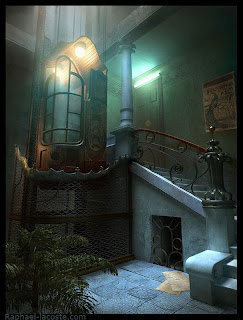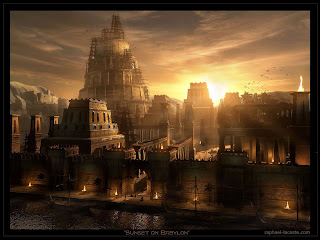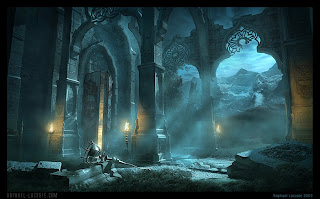
Steam Powered Aero-Plane
I couldn’t possibly turn down the opportunity to illustrate a steam-powered aeroplane because anything that is unnaturally power.
Blunts Steam aeroplane was listed in the yellow book of text in the Edwardian Inventions page. HOWEVER I could not find any information on the inventor blunt nor his steam powered flying machine.
Due to this a dilemma appeared, I had to invent my own steam plane design rather that an artistic impression of the one listed in the yellow book of text. I found a great deal of information and photographs of real steam planes that existed and this provided solid ground for designing my own steam aero-plane.
Using reference of environments I began creating colour and environment tests through the use of very quick small-scale speed paintings using Corel Painter and Photoshop.


Originally I had hoped that the entire illustration could be painted in 2-3 hours to coincide with the speed painting aim I set in the statement of intent. However I couldn’t leave it in the state it was above, so I added much greater detail to all areas and as a result improved the image dramatically. The time taken to create the final image was around 5-6 hours.

Further Alterations required
The first thing I want to alter before I can consider this piece for a portfolio is to increase the detail in the foreground hills, the area where the two white rocks lie on the left hand side lacks detail and the grass texture looks a little repeated.
I also want to tweak the plane, such as more shadows, texture and wires fixing the wings together. Majorly I forgot to add in the actual engines! So that is a priority when i begin further work again on this peice.








































